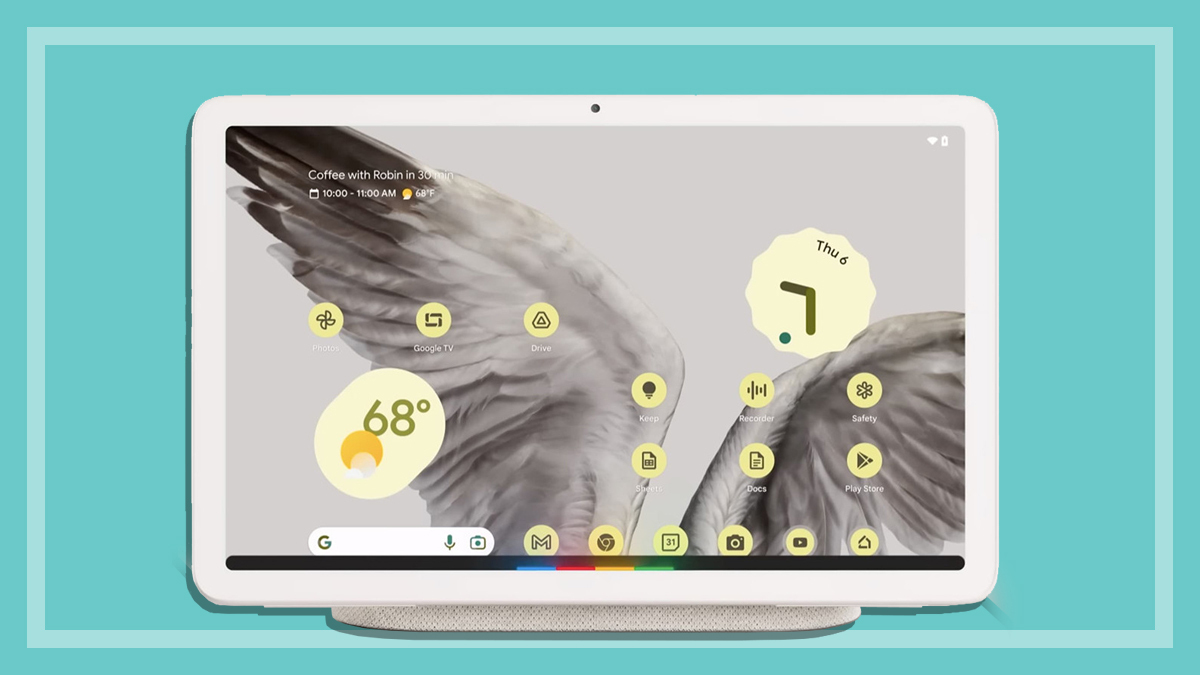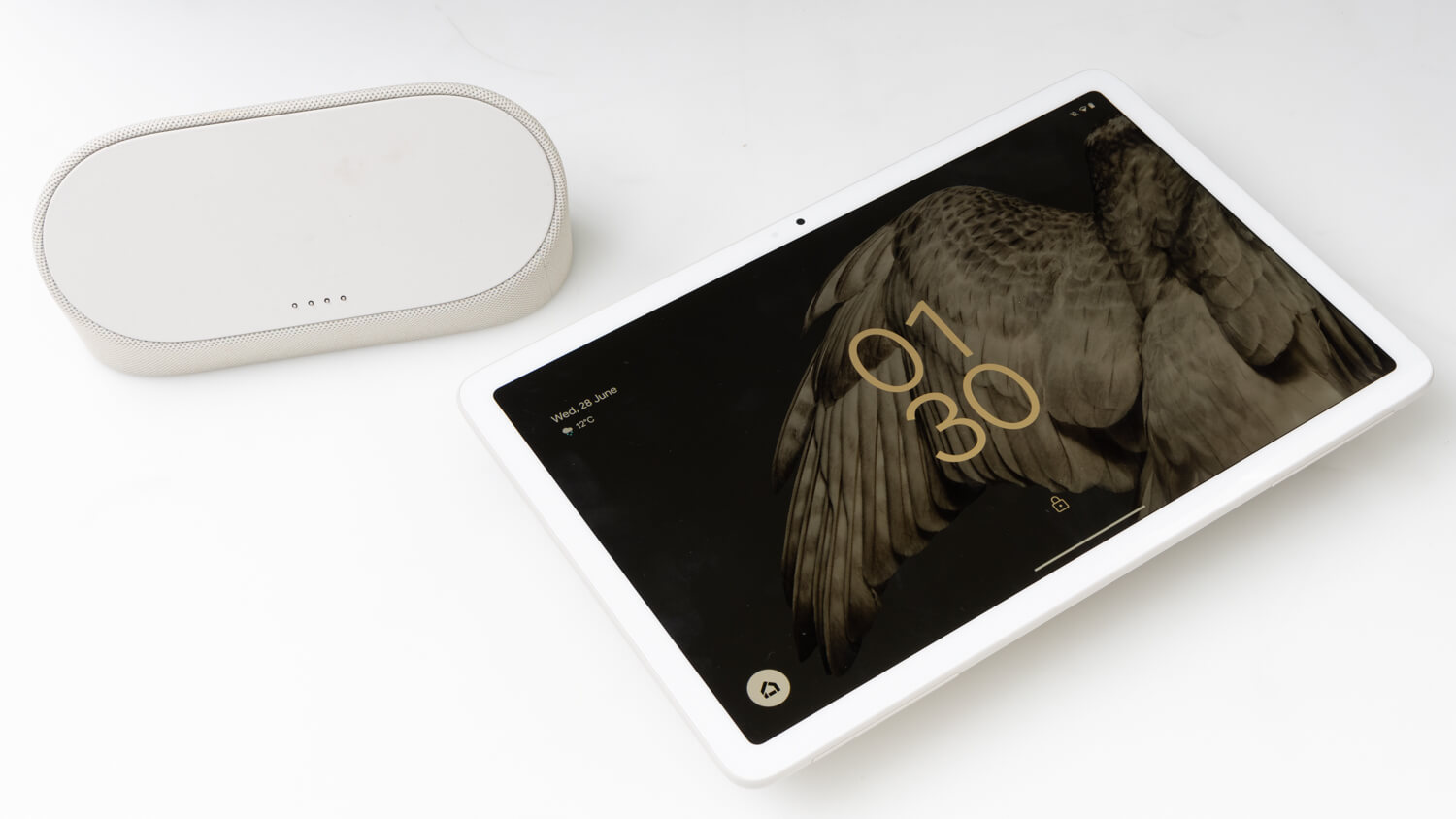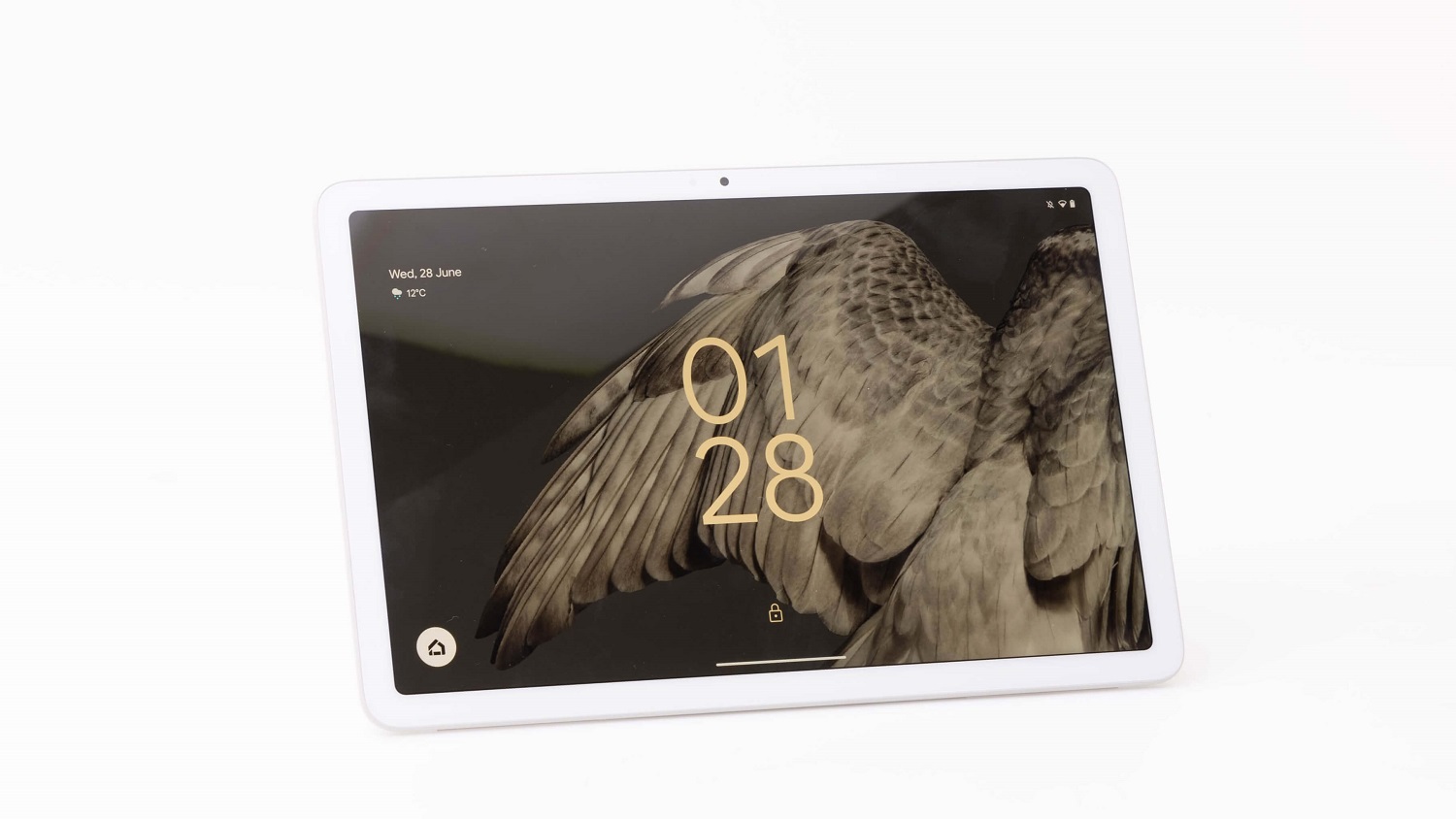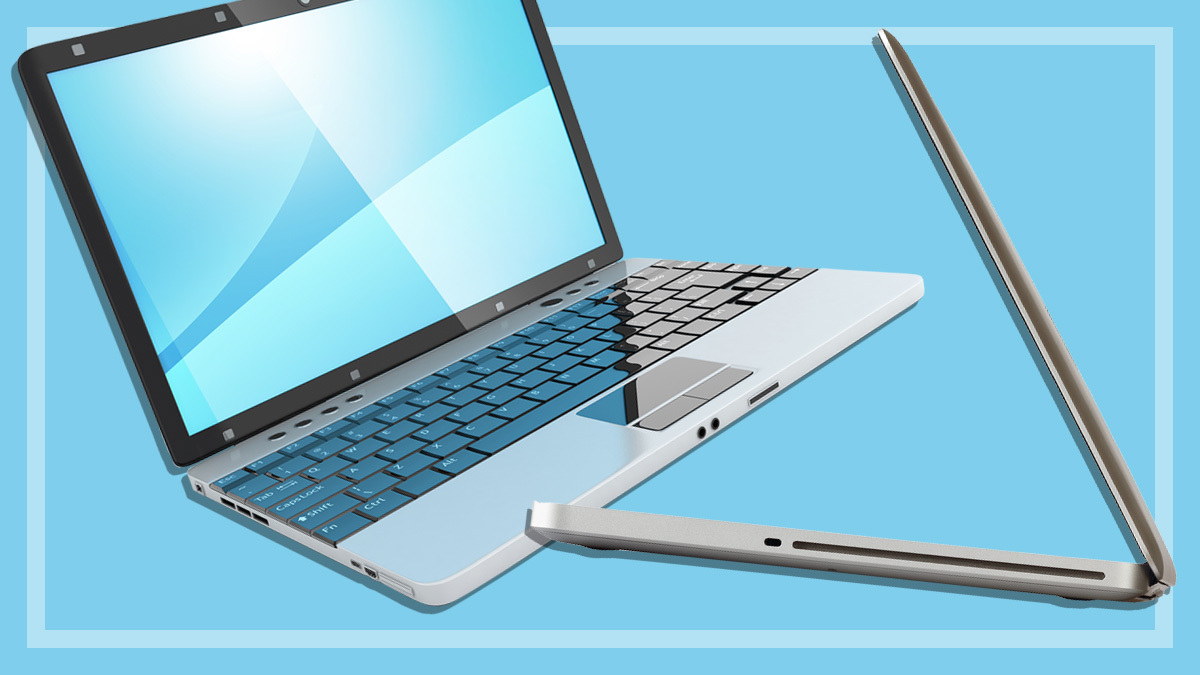Get our independent lab tests, expert reviews and honest advice.
Google Pixel Tablet review

CHOICE verdict
The slim, lightweight Pixel Tablet can be used on its own or as a smart hub of sorts when mounted in the docking station, similar to the Google Nest Hub. As a tablet, it’s pretty good and the smart speaker isn’t half bad, either. But after thorough testing, we found it’s not without its software quirks and the docked, hands-free experience could use some refinement.
Price: $899
Contact:
store.google.comOn this page:
- What is the Google Pixel Tablet?
- Battery life and performance
- Quirks, oversights and other little problems
What is the Google Pixel Tablet?
Google’s Pixel Tablet is basically a 2-in-1 device with crossover features and functions. Where the original Google Nest Hub straddled the line between smart speaker and tablet, the Pixel Tablet has similar aspirations, but we found it swings more towards the tablet side of things.
It switches into hub mode when mounted in the base and becomes part of a larger smart display with a better-quality speaker, with the interface automatically optimising depending on the mode.
The tablet-meets-smart-hub hybrid design is a great idea and Google gets most of the way there
It has a 10.95-inch, 2560 x 1600, LED-backlit LCD display which is decent quality and relatively bright at just over 450 nits. This makes it viewable in most well-lit or outdoor environments but the glossy finish can be quite reflective. You also get Full HD 8MP front and rear cameras that offer plenty of detail and brightness, and the front camera is particularly good for video calling.
It runs Android 13 and uses Google’s own Tensor G2 eight-core processor with 8GB of RAM and 128GB of storage (256GB is also available for an extra $100). It supports single and dual-band connectivity up to Wi-Fi 6, Bluetooth 5.2 and USB-C for charging and data transfer.
The body is just under 9mm thick and weighs less than 500 grams, which makes it quite portable and easy to hold.
The speaker hub
When you mount the tablet, it automatically switches into hub mode with a focus on hands-free interaction. It’s designed to sit on the kitchen table or bedroom sideboard and perform all the tasks expected of a smart display.
The base is mains powered and continuously charges the tablet while docked. You can also charge it via USB-C when it’s not mounted and in tablet mode.
Magnets hold the tablet in place when docked so it won’t wobble or fall out when people walk by. Though the speaker is sturdy enough to stay still when you remove the tablet, it does require a bit of leverage and could slip if you don’t use two hands.
Battery life and performance
To test the battery, we looped a Full HD video with brightness set to maximum while the tablet was connected to Wi-Fi. We found the battery lasted around seven hours under these conditions, though you can extend that by using the power-saving settings (albeit at the cost of brightness and performance).
There’s not much to say about day-to-day performance except that it runs as expected for a tablet with this kind of hardware. Web browsing is zippy enough, videos look good and the base speaker delivers reasonable sound, producing enough power to fill a room with music. Overall, it’s a perfectly fine little unit.

Users in the Google ecosystem are going to get the most out of the Pixel Tablet. After all, this is a proprietary product so it defaults to services including Google TV, Google Assistant other protocols like casting to supported audio/video devices around the home. The speaker even accepts casting from other devices, so you can connect your smartphone to the hub if you’d prefer.
It does require a Google account and there’s no practical way to effectively run other digital assistants such as Alexa or Siri. So if you’re already tied to another brand, you may want to consider whether this is the right tablet for you.
Quirks, oversights and other little problems
On the whole, there’s nothing blatantly wrong with the Pixel Tablet. But after a while you’ll start to notice little things that add a hurdle or roadblock to something that should be simple. Other times, certain features you’ve reasonably come to expect in a smart device are muddled or absent in the Pixel Tablet.
For example, the Google Home digital assistant usually behaves like a tablet even when docked. If you ask it to search for a chicken recipe, it will load Google search results that you can’t navigate hands-free.
The Nest Hub, meanwhile, will follow up with additional prompts and do its best to find a recipe. The inconsistencies between Google products become irritating, as you’d expect things to remain fairly standard under the same brand.
You can always invoke the smart assistant in docked mode by saying “hey Google”, but in tablet mode you need to unlock the screen before this works. This is frustrating as it forces you to break habits even though the device remains fundamentally unchanged.

Other prompts, such as asking for news headlines, won’t work until you unlock the screen (even in the dock) and it doesn’t take long for this hands-free device to become a get-up-off-the-couch-to-unlock-it device.
Also, if you pull the tablet from the dock while music is playing, it won’t automatically hit pause. Instead, music blares from the tablet’s tinny, bass-free speakers and it’s borderline soul-crushing.
These are just a few examples and none of them are what you’d call deal-breakers. But these are all things Google has refined in similar products that it hasn’t done here, and that becomes pretty exhausting after a while.
If you’re prepared to work around these shortcomings and get used to the way the Pixel Tablet does things, then you’re probably going to enjoy it. The tablet-meets-smart-hub hybrid design is a great idea and Google gets most of the way there. It just needs some software refinements, especially in the hands-free department, to keep the average user happy.






